Boston Terrier, also known as “The American Gentleman” is a sweet, gentle breed native of North America.
A cross breed between bulldogs and now-extinct white English terrier, their original purpose was for dogfighting. Now better known as companion dogs they are noted for a calm and gentle demeanor that lets them get along with children and elderly alike.
These medium height dogs have large attractive eyes, erect ears at the corners of the skull and a small muzzle.Their most defining feature is the often black coat of fur with the white patches giving the illusion of them wearing a tuxedo.
Their smart appearance with a strong and sturdy body makes them a good choice for dog shows. Puppies are like the miniature forms of the adult dogs with a square head and short floppy ears. Before getting puppies, check their health charts and pedigree information to know the traits that have passed on.
Boston terrier puppies should only be brought from breeders who take their health and well-being into account. Their litter size is small with 3-4 puppies on average and due to the small pelvis in females, most deliveries happen through cesarean.
They are very active and social with quick grasping power thus owners should start house training them early on. Adults are small to medium in height and weigh between 10-25 pounds. They have a short hair coat in three specified colors with low maintenance and grooming needs.
They are gentle, calm and intelligent with moderate energy requirements thus making them good for apartment living. Their short, muscular body packs more than what is shown as evident by their preference in agility and performance shows.
These quirky dogs have a penchant for hilarious acts and a sensitive side for their owners and family. They do well with families with children, single pet owners and even elderly as companion dogs.
Table of Contents
Boston Terrier Pictures
Quick Facts

Avg. Weight: 10-25 pounds
Avg. Height: 15-17 inches
Life Expectancy: 11-15 years
Dog Group: Non-sporting
Colors: White with either black, brindle, seal color markings
Nicknames: American Gentleman, Boston Bull, Round Head, Boston Bull Terrier
At A Glance
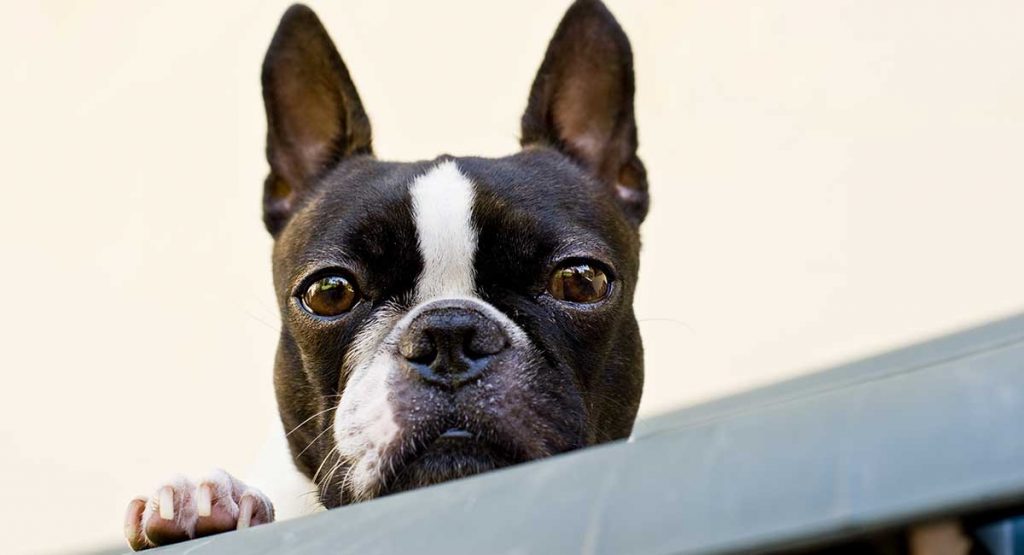
- Size (2/5)
They are short to medium with the height ranging from 15-17 inches at the shoulders.
They are sorted into 3 sizes; below 15 pounds, between 15-20 pounds, and between 20-25 pounds. They have an arched neck with is proportionate to their body length and a short tail.
- Affection Level (5/5)
Affectionate to one and all and very social are the known qualities of Boston Terriers.They are one of the most well-mannered breeds with gentle and non-aggressive nature towards all. Their friendly and happy personality makes them good for therapy and for stress relieving. They are known to befriend strangers quickly and love to be in human company.
- Apartment-Friendly (5/5)
They are very good for living in an apartment living with not much need for big spaces. They are active even indoors and need a walk or game daily to meet their physical requirements.
They are quiet and more comfortable inside the house than outside. They are well behaved and easy to train can make a good choice for even for those with small spaces.
- Cold Weather Tolerability (3/5)
They have a single coat of fur that is made of short hair so it doesn’t insulate them much in lower temperatures. Due to the low protection of their coat, they can’t stay outside much in cold days.
They need to be provided with a source of warmth and should be kept inside in frigid weather conditions.They like to snuggle in warm blankets and surfaces as soon as the mercury starts to drop.
- Hot Weather Tolerability (2/5)
They also fare poorly in hot weather as their short muzzles don’t cool air going in their lungs as good as the long muzzled dogs.
They need air conditioning and access to cold weather during the summer.Precautions need to be taken so that they don’t hurt their feet while walking o hot surfaces.When walking them outside make sure they don’t overheat and their body temperature is balanced.
- Barking Tendencies (3/5)
They aren’t avid barkers and only bark when someone strange comes in their presence. Or to answer another dog’s barking or any outside distractions they may attract their attention. They may also bark due to separation anxiety otherwise they are a quiet dog breed.
- Cat-Friendly (4/5)
They are friendly towards cats especially if they are socialized properly and introduced early on to each other. They are one of the dog breeds that get along with their feline counterparts very well.
They don’t have the tendency to chase after them or hunt them so they won’t irritate cats. They easily accept cats as a part of their family and have good friendly relations with them.
- Dog-Friendly (5/5)
They are friendly to all with the easy-going nature that helps them make fast friendships with other dogs. They bond well easily with other house dogs especially if introduced at a young age.
They like to play with bigger sized dogs as they have a sturdy and muscular body. They are very protective of their owners and can be aggressive towards other dogs while acting on guard.
- Exercise Needs (4/5)
They need at least one hour of daily exercise whether it be running or going on a walk. They have moderate energy levels and don’t need intense physical activities to stay fit and healthy.
They mostly like to play inside the house with their toys and indoor games. Avoid taking them out for running in mid-day or afternoons due to less tolerability of heat. Morning walks or evening runs are best suited for them.
- Grooming Needs (2/5)
They are light shedders and need combing once a week to get rid of all the dead hair. They also don’t need regular bathing though their face has to be cleaned daily.
Nails trimming and brushing are some other grooming needs they have. Ear cleaning and taking care of their eyes should also be included in their grooming regime.
- Playfulness (5/5)
They are very playful and always ready for fun activities with either their human or canine friends. Their social nature coupled with a great amount of energy makes them good playmates for kids, dogs and even cats.
Many dogs of this breed are happy to take part in any fun activity be it playing in mud or just going for a walk. They have a regular need to be active whether it is romping around the house with kids or an intense game of catch.
- Trainability (3/5)
They are very eager to learn new tricks and activities though it takes them time to learn it fully. Their training requires consistency and patience that too daily so they don’t forget whatever they have learned.
They need encouragement and praise while learning anything new. They are very sensitive towards their owners and any harsh words, actions or loud voice should be avoided. Any sort of punishment or yelling will shut them down and they will sulk or hide in your presence.
Training should be given in a calm and motivational manner to yield the maximum results.
- Intelligence (4/5)
They have a fairly good intelligence with a strong will. They show a good response to the owner’s commands and actions. They are considered smart by their ease of trainability and polite behavior.
- Mouthiness (2/5)
They don’t chew, bite or nibble at everything within their range. They like chewing but it’s not uncontrollable and some chew toys are best for them. It is said that when they suffer from separation anxiety they can destroy the household items by chewing.
- Price Group
They cost from $600 – $1200 with the average price being $800. Some purebred puppies with exceptional marking can fetch up to $4500.
Boston Terrier price is determined by their pedigree and attractive features among many other qualities making them one of the desirable dogs.
Due to the higher prices of buying one, many people opt for shelter or rescued dogs.
About Boston Terriers
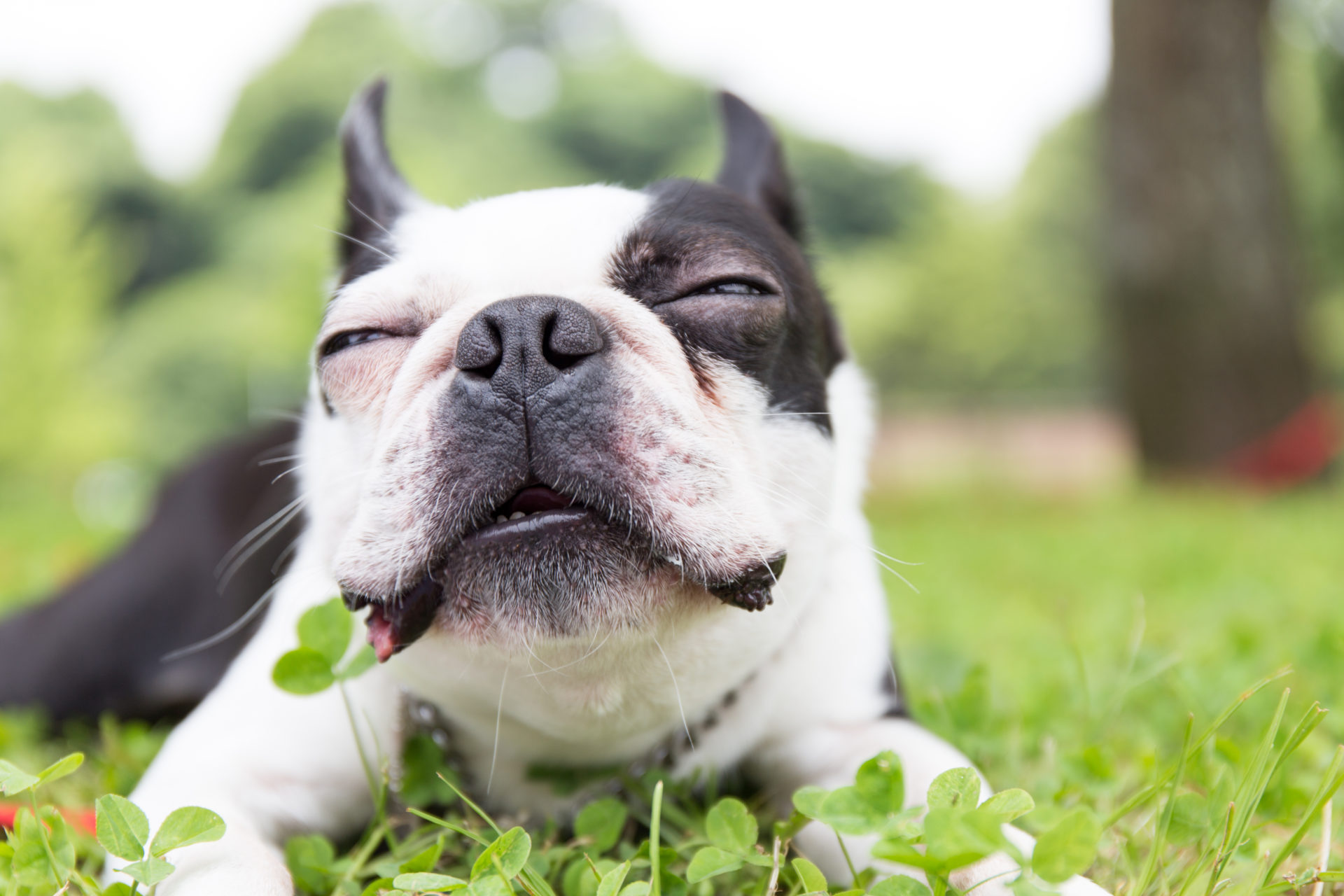
Boston Terriers are the first the native American dog breed that is primarily for city living. These gentle and affectionate dogs have a three specified color marking on their body along with white. Due to their markings, it looks like they are wearing a tuxedo thus earning the American Gentleman title.
They are great companions and love nothing more than to snuggle next to their owners. Playful and energetic they are always up for fun activities and learning new tricks and commands.
Their nice coat needs less maintenance and less grooming needs and less shedding makes them a neat dog to have. They are famous for their round and expressive eyes that wins the hearts of dog lovers. These friendly animals get along with everybody and are strong enough to even let small children play with them.
Where Boston Terriers Came From?
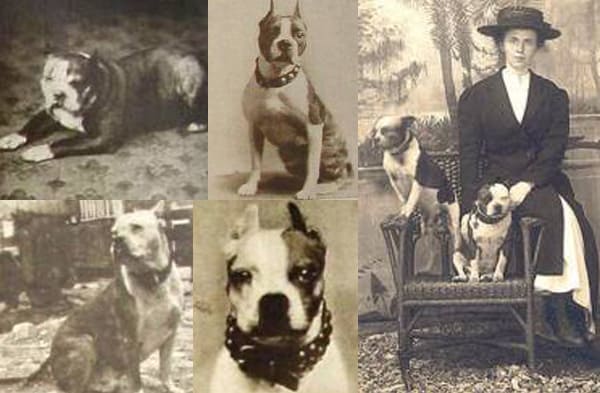
They were bred in America for the first time and are said to be cross-bred off bulldogs and white English terriers.They are all said to come from a dog named Judge, a mixture of English bulldog and white English Terrier.
He was brought to Boston by Robert C. Hooper, in the late 1860s, and was later bred with another dog. Judge’s offspring was the forefather of all the modern Boston Terriers and the majority of changes in their appearance happened in the late 19th century.
By 1889 a club was established by their owners with the name the American Bull Terrier Club and they were named Boston Bull Terriers. In 1891 they were renamed to Boston Terriers in honor of the city where they were first birthed.
In 1893 American Kennel Club added them to their list of recognized dog breeds making them the first native American dog breed to do so. Since then they have been fairly popular with many celebrity pet owners.
Size

Their size is from small to medium with full height being around 15-17 inches.
They have three different weight classes as specified by AKC and so there might be slight differences in appearances.
They have a sturdy muscular body that is well-proportionate according to a small height.
They have strong legs with wide shoulders and a broad chest.
Trainability
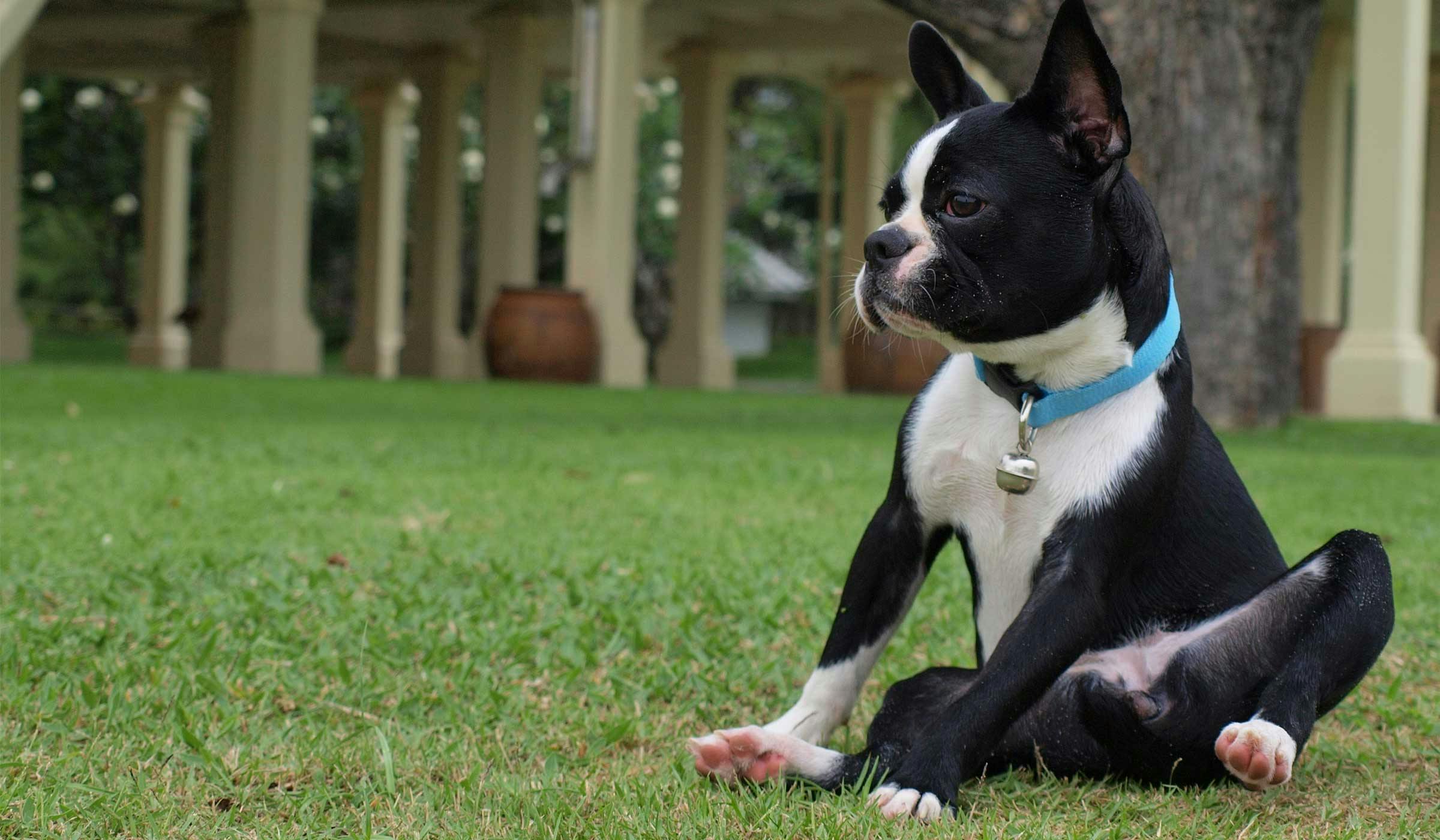
Training of Boston Terrier should be done in a calm and gentle way.
They are sensitive to their owner’s sounds and to any actions done by them.
They are eager but slow learners and will take time to perfect or master any trick or command.
Their ‘eager to please’ attitude should make it easy for training them for either housebreaking or dog competitions.
Any harsh actions or angry words can result in a sulky and shut down a dog that hides from their owner’s presence.
Make the training a positive experience by encouraging and praising them so they are committed to learning new things.
Grooming

This attractive breed requires very little maintenance with light shedding and less need for bathing.
They are shed very less and weekly brushing is enough to remove most of the dead hair and dirt.
Once in a while bathing them is good to eliminate their bodily smells and to keep their coat shiny and clean.
Brushing their teeth and nail trimming should also be done occasionally to avoid germ and dirt buildup.
Cleaning their ears to avoid dirt and germ buildup that can cause infections should also be there.
Their large eyes should also be taken care of as they can have many eye related problems if not taken care of.
Common Diseases
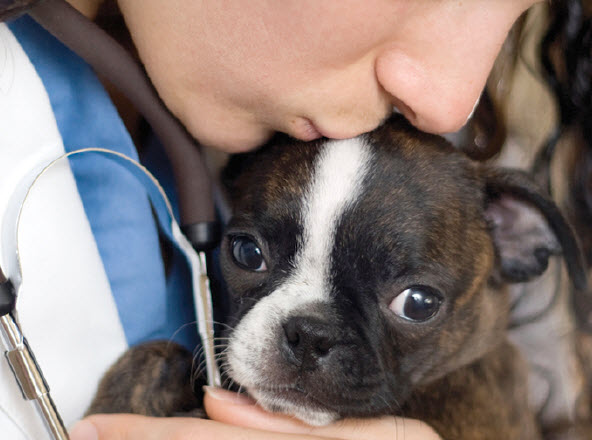
There are some of the diseases and medical issues that commonly ail this dog breed.
Here a list of Boston Terrier health problems:
TARGETING THE BONES
- Patellar Luxation:
It happens due to an abnormality in the patella i.e. all the parts of it aren’t lined properly.
It is present since birth but the misalignment is identified later in life as they grow.
It can be mild with the dog carrying on with its life so severe that surgery is required.
Symptoms are limping while walking, unusual gait, lameness, etc.
TARGETING THE NASAL CAVITY
- Brachycephalic Syndrome:
Due to their short muzzles, they may have breathing issues that are mainly caused by an obstruction in their airways.
The obstruction is caused by the hanging of the soft palate of the mouth in the airway.
Also, they have short nostrils with narrow windpipe that adds to their discomfort.
Loud breathing, coughing, bluish gums are some signs of this syndrome, especially during any physical exertion.
TARGETING THE SKIN
- Mange:
The overabundance of Demodex, mites living in the hair follicles due to various reasons cause this.
These result in dry, hairless lesions that may not be itchy appearing on face or feet.
If it advances it may cause secondary skin infections too.
Treatment is available for the full cure and recovery from this.
- Allergies:
It makes their skins itchy due to contact with any allergens.
Ears, belly, skin folds, and feet are the most commonly affected areas.
Signs include licking of paws, rubbing the face and frequent ear infections that start from as early as the first year.
There are many medications dealing with these and treatments are most successful.
TARGETING THE EYES
- Cataracts:
Their big round eyes make them an easy target of having cataracts.
There are two types of cataracts that affect them: juvenile and adult cataracts.
In this, a cloudy film is formed over the eye lens thereby reducing vision and eventually leading to blindness.
Surgery is an option to consider after they lose their sight.
- Glaucoma:
It is a painful eye disease which is basically increased pressure in the eyes.
It can be either genetic or developed after other eye ailments such as cataract.
If left untreated it progresses to full-time blindness quite rapidly.
Symptoms include squinting of eyes, watery eyes, cornea bluing and redness of the whites of eyes.
- Cherry Eye:
In this, the gland of the third eyelid falls out of its place.
It’s genetic and is frequently seen in dogs less than a year old.
The surgical solution is to either place it back to its original position or to remove it completely.
- Keratoconjunctivitis Sicca (Dry Eye):
This disease reduces the flow of tears that their eyes can produce resulting in dry and itchy eyes.
Due to the loss of moisture, their eyes are more prone to get infected.
Signs of this are a dull and dry looking eye, thick discharge from the eye, squinting and pawing at the eyes.
Medications are given to control the fluid producing gland and reduce pain.
TARGETING THE NERVOUS SYSTEM
- Epilepsy:
Seizures caused by a brain tumor, trauma, and stroke that are genetic by cause affect them.
It causes mild or severe seizures with them needing lifelong medications to keep it in control.
During seizures, owners should remain calm and comfort the dog to avoid any injuries during an episode.
Visit the vet as fast as possible after it ends and follows up so it can be brought under control.
TARGETING THE BODY
- Hyperadrenocorticism (Cushing’s):
It is the adrenal glands’ malfunction that causes too much steroid hormones to be in their bodies.
Symptoms are more than usual drinking and urinating, increased appetite, lower energy with hair loss, skin thinning and potbelly appearance.
This happens gradually and can be detected in their usual medical check-ups.
Oral medications are given to treat the condition.
Feeding
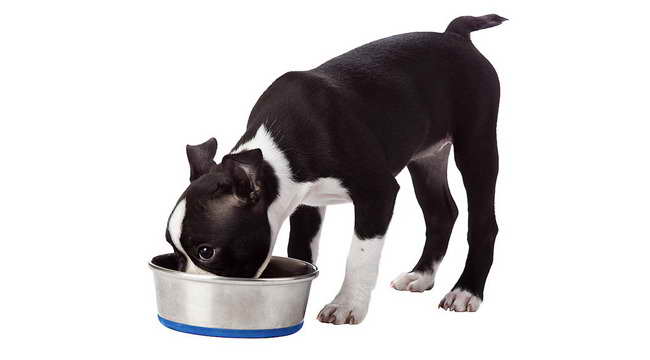
The adult dogs require 1-2 cups of food and require feeding twice a day.
The puppies should be fed at least 4 times a day in equal proportions.
The daily calorie consumption of an adult on an average should be 660 calories whereas the puppies need around 450 calories a day.
Their diet should be high on protein and healthy animal fats for staying healthy and active.
There should also be carbohydrates and other vitamins and minerals that are needed by the body.
The food can be grain-free, and shouldn’t have by-products, preservatives, and artificial flavoring.
Some other foods must be avoided that have soy, corn, dairy products that are the common allergens.
They are susceptible to being over-weight thus their food must be monitored.
Suggested: Senior Dog Food
Vaccination and Care
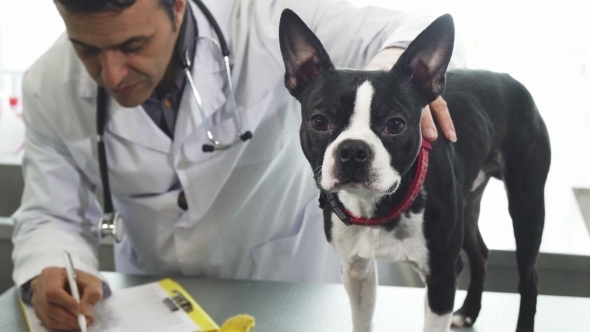
The puppy needs the vaccines to fight some preventable and fatal illness.
Age Vaccinations
6-8 weeks DHPP, Bordetella, Measles
8-12 weeks DHPP, Coronavirus, Leptospirosis, Bordetella, Lyme disease
12-16 weeks Rabies, DHPP, Coronavirus, Leptospirosis, Lyme disease
For adults the vaccines should be administered as per their schedule:
Time Vaccinations
1-3 years DHPP
1-3 years Rabies
Annually Coronavirus
Annually Leptospirosis
Annually Bordetella
Annually Lyme disease
DHLP-P: Distemper, Hepatitis, Leptospirosis, Parvovirus, Parainfluenza
Suggested: Guide To Dog Vaccination
Monthly Expense Estimation
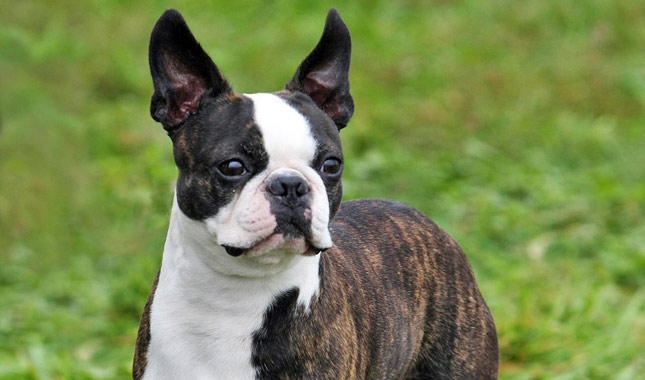
First year expenses of owning a dog are more than those of subsequent years.
The total monthly expenses will be around $100 including everything.
Good quality food will cost around at max $10 a month.
Another thing that will add to your costs may be medical bills and medicines in case of health issues.
They are low maintenance breed so the grooming costs are low.
One-time expenses include toys, bed, bowls and all and don’t add much to the costs.
Behavior With
Children

They are suited for families with children due to their sweet and calm personality.
They are merry, playful while playing with children while also entertaining them with their comic performances.
Their compact and strong body can take tight hugs and heavy petting from small kids without injuring them.
If raised together while young they often assume a protective role and act as their guard while outside.
Their energy levels can keep up with kids playing and running activities all day long.
Dogs
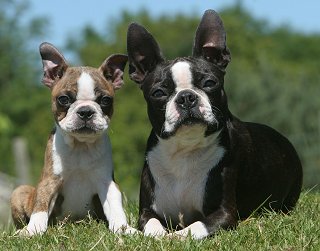
This friendly breed gets along with all the canine friends they meet.
They bond fast and well with others especially if they are social and love to have many playmates.
They have a gentlemanly disposition and a non-aggressive nature towards other dogs.
They only act aggressively to strange dogs if they feel other dogs are endangering their owner’s safety.
Cats
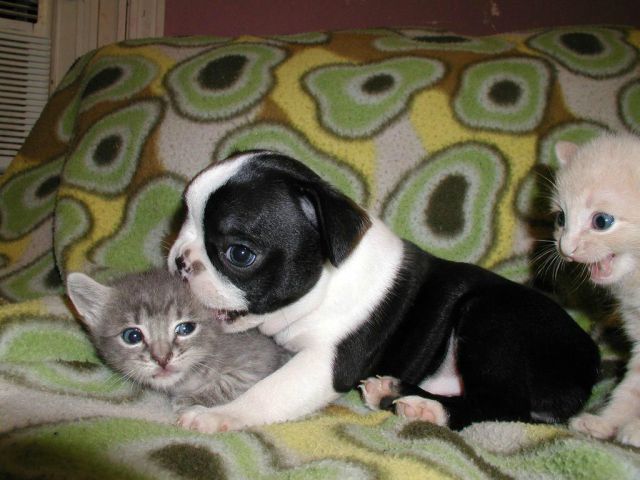
Cats and Boston Terriers generally get along nicely and quickly accept each other’s presence.
Though it better if they have been introduced early on by the owners so they get familiarized with each other.
A willing and playful cat can be their best friend if they are social and love company of others.
Overview

Boston terriers are native dog breed of America, first birthed in the city of Boston, hence the name.
Originally bred for the purpose of fighting in the dog fights they are now prized as the companion dogs.
Large round eyes with an affectionate and calm look they are said to have gentleman looks.
Black marking covers their body and they seem to wear a tuxedo thus earning the nickname of the American gentleman.
They are well mannered, polite and friendly in nature and want nothing more than human’s company near them.
They are a less maintenance breed and very obedient and thus are common in dog competitions.
Something Fun
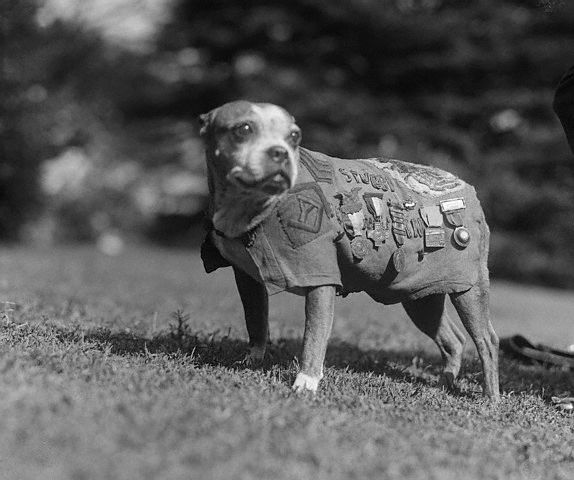
- They are the state dog of Massachusetts, since 1979.
- Sergeant Stubby was a very famous and decorated World War I hero dog who is said to be a bull terrier. He was said to be the United States’ “greatest war dog”.
- They are also the official mascot of Boston University for more than 100 years.
- They have a museum dedicated to this breed in Texas made by enthusiasts Bob Hambright and his wife.
This is all from our side about this one of the American favorite dog breeds.
Feel free to add anything you like in the comments section below.
Happy petting to you!



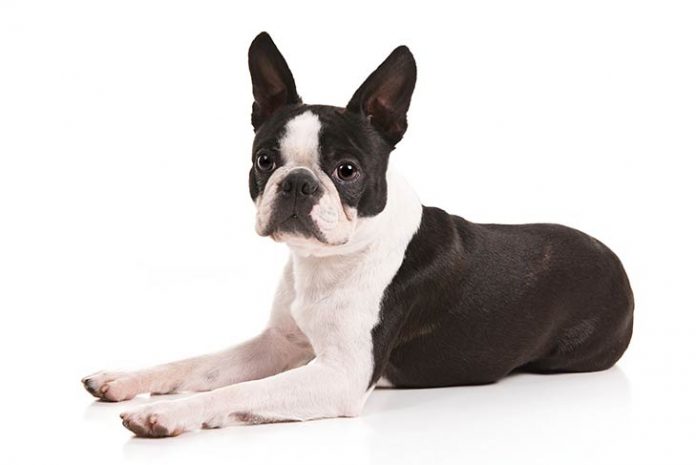



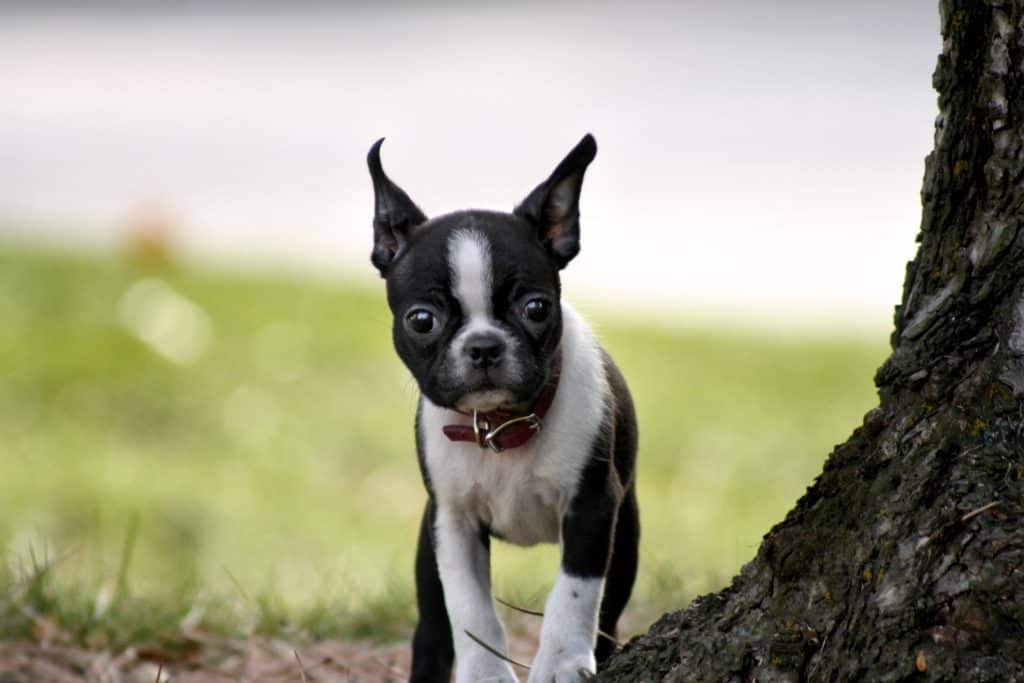









[…] Boston Terriers are known for their gentleness and tenderness in the canine world and are also famously named as ‘The American Gentleman’. […]
[…] Boston Terrier […]
[…] This Puppy Dog Eyes are adorable that will capture your heart and Boston Terrier will capture your soul in […]
Great article! These are valuable information people need to know before deciding which breed to get. Thanks for sharing this guide about Boston Terriers.